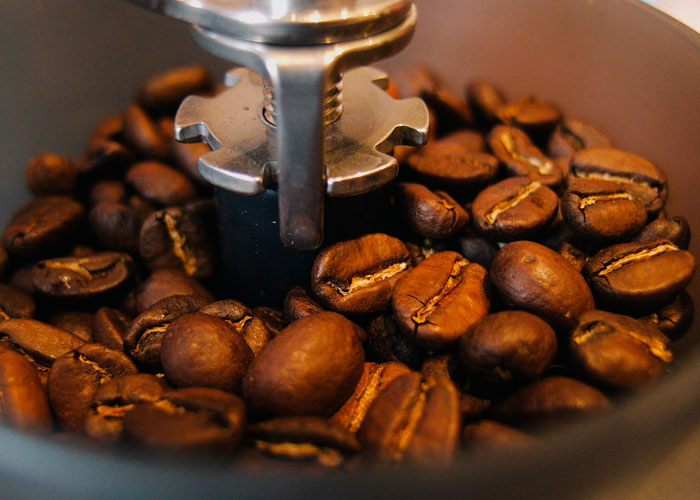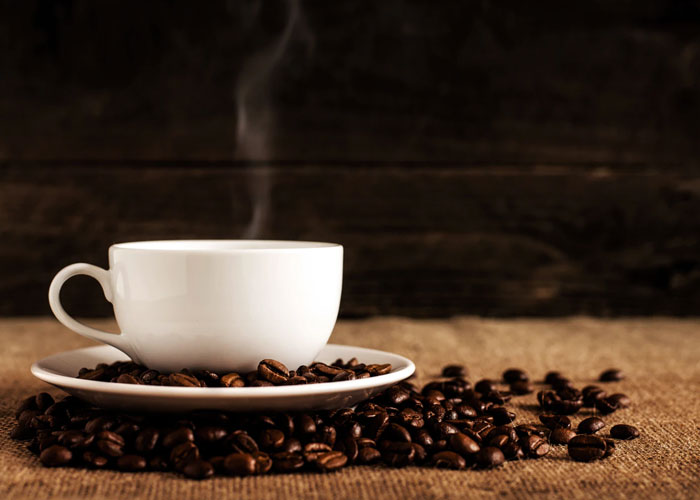Getting All the Ingredients in Your Coffee Right: Grinding for Drip

Not everyone has the same taste or preferences when it comes to how they make their coffee every day. Different brewing approaches yield different experiences and flavors, and what’s right for the next coffee drinker might not be quite right for you. But just choosing a brewing method doesn’t end your decision-making process; the type of coffee grind that you select matters quite a bit, too.
You may not realize that how your coffee is ground should be based on how you brew your coffee. With so many people choosing to brew up a fresh pot of drip coffee every morning, we wanted to break down just how you can get the most from this coffee brewing style. With that in mind, this article covers what the best type of coffee grind is when you’re brewing up a pot of drip coffee.
What Is Drip Coffee?
First, let’s understand what is truly meant by drip coffee. Drip coffee brewing is probably what most people think of as “the regular way” to brew coffee. It is what your standard coffee maker does. You boil water, soak your coffee grounds in it, and let the coffee-infused water drip down into the pot. If you’re looking for the best grind for drip coffee, you’re usually asking just how finely ground the beans that are going into your coffee maker should be.
Why Do People Like Drip Coffee?
Probably the biggest reason why people like drip coffee is that it’s easy to make. A coffee machine can produce a cup of drip-brewed coffee extremely quickly and with little effort on the part of the drinker. It’s also familiar. When you order or make a cup of drip coffee, you know exactly what you’re getting yourself into: a standard cup of coffee.
What Is the Best Coffee Grind for Drip Coffee?
In the world of coffee, there is a very specific chart of types of coffee grinds, which are all just a measure of how finely (or coarsely) ground the coffee beans are. The least finely ground beans are called extra coarse, and tend to be about as big and gritty as peppercorns. Standard-coarse grinds are more like sea salt, while medium/coarse grinds are more like coarse sand, medium grinds are like regular sand, while medium/fine is more like table salt. Finally, you have fine and extra fine grinds, which can be as fine as anything from very fine table salt to flour.
For drip coffee, your best bet is usually somewhere right in the middle, in one of the medium grinds. But why is this the case?

Determining the Best Grind of Beans for Drip Coffee
To understand why a medium grind setting is probably the best bet for making great-tasting drip coffee, it’s important to understand how the grind affects your coffee flavor. Essentially, the more you grind your coffee, the easier it is to release the flavor within the beans. If the grounds are fine, the flavor will be extracted faster.
Let it brew for too long, and you will over extract the beans, leaving your coffee with a hollow, bitter taste. Larger grinds mean you will have to brew longer to get all of the flavor out of your beans. Stop brewing too early, and you will under-extract, which will leave you with coffee that is acidic, sour, or salty.
Getting the Most From Your Drip Coffee Machine
This should clear things up about why a medium grind is better for drip coffee. Coffee machines are designed to produce a typical cup of coffee, meaning they will try to deliver a uniform, average brewing time to produce a middle-of-the-road coffee flavor that appeals to the largest number of people. Since your machine is designed not to brew for too long or too short an amount of time, you want a medium grind that will allow average brewing time to extract the optimal amount of flavor.
The nice thing is that if you find that your coffee machine is producing coffee that is too sour or too bitter, you can always go up or down to a finer or coarser medium grind to adjust to your taste or the operation of your specific machine.
Visit The Exotic Bean again soon to learn more about the best grind for your favorite brewing method in this series on coffee grinds and coffee styles.
